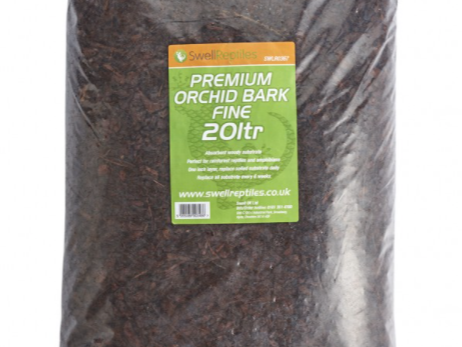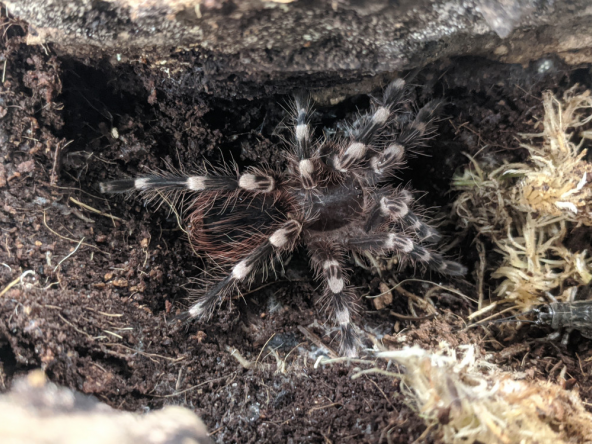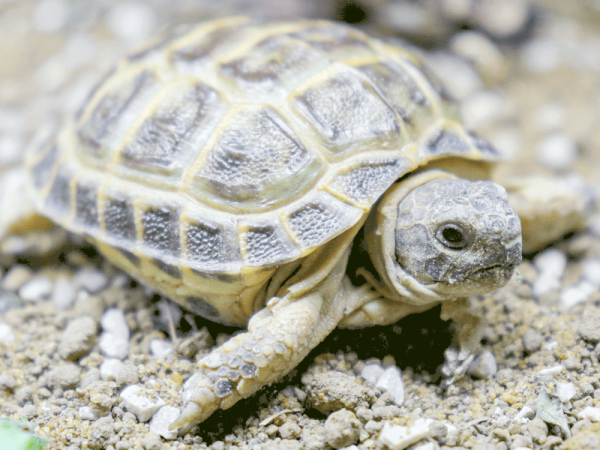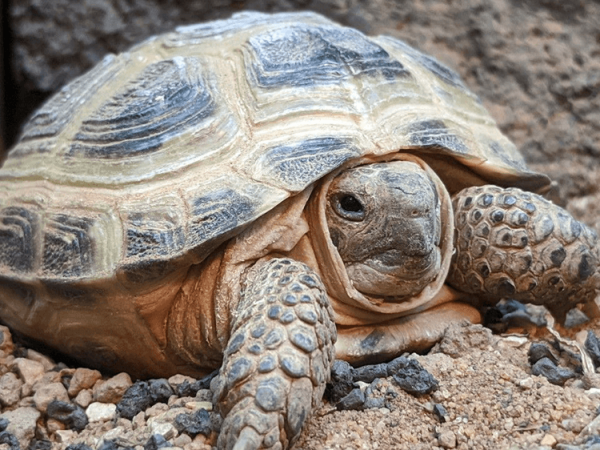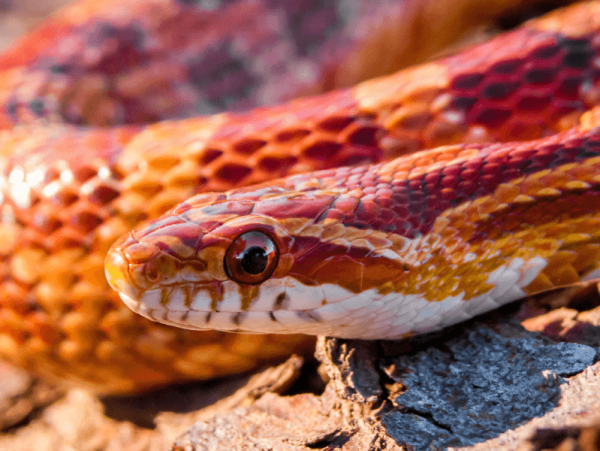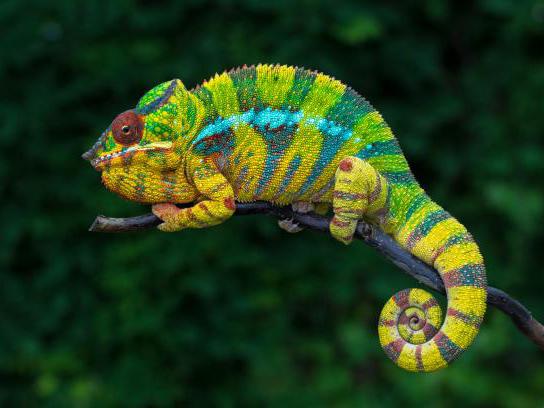What is the best reptile substrate?
Always eager to help other reptile owners care for their little friends in the best way possible, loads of you guys responded to our question as we tried to find out what your favourite reptile substrate was, and the answers were as varied as the reptiles you keep! As Dave Bostock says about his own favourite substrates - "it all depends on which reptile I'm buying for".
When it came to snakes, Aspen Bedding seemed to come out tops, especially for corn snakes and pythons. Championed by Swell Friends Phil Boddy and Lee Bingham, we can see how this soft substrate would be soft on your snake's sometimes sensitive bellies. It's pretty affordable too and in abundant supply, but some of you decided you liked more permanent options:
An overwhelming number of you decided that tiles and lino were the way forward, especially for those of you with Bearded Dragons. We can see the advantage too, like Zoe Allen pointed out, tiles are "good for the claws and so easy to keep clean".
We can certainly see Zoe's point, but then again as Hannah Farmery points out, "You need to use the substrate that best mimics the needs of the animal in its natural environment. Beardies live on sand/soil naturally and love to dig, so put them on beach bark/sand/soil mix".
This makes sense to us too, but we also know some of you are worried about impaction, especially when it comes to Bearded Dragons.
Impaction can sometimes be substrate related and occurs when sand or soil is ingested along with the food because of the Beardie's (or other reptiles') messy feeding habits, becoming lodged and impacted in their digestive system, blocking them up, a problem that can cause fatalities. Because of this, some reptile owners have become dissuaded from providing more natural substrates for their reptiles, especially when it comes to juveniles. But maybe there's a compromise that can be reached?
Tegan Edwards might have hit the nail on the head here, or at least when it comes to Leopard Geckos: Tegan suggests using tile around the majority of the vivarium but using the reptile's natural substrate in their shedding/laying caves "they don't eat in there the risk of impaction is low. Best of both worlds.", now that's thinking outside the vivarium! Using a feeding dish or feeding outside of their reptile home can also reduce risk, leaving you free to provide a more natural substrate.
Other mentions concerned substrates for reptiles like tortoises, but the competition seemed limited with sterilized top-soil coming a clear first along with sphagnum moss being suggested by Drew Heaslip for his frogs.
Blue tongued skinks were arguably the most difficult to house, with complicated solutions being put forward for safe, deep substrate, like coarse orchid bark or cypress mulch. Blue Tongues are still relatively new to the UK reptile scheme but are growing in popularity and we reckon a firm favourite will soon emerge.
For now, it seems, the Best Reptile substrate will have to remain a battleground, where all owners put the needs and health of their reptile first.




